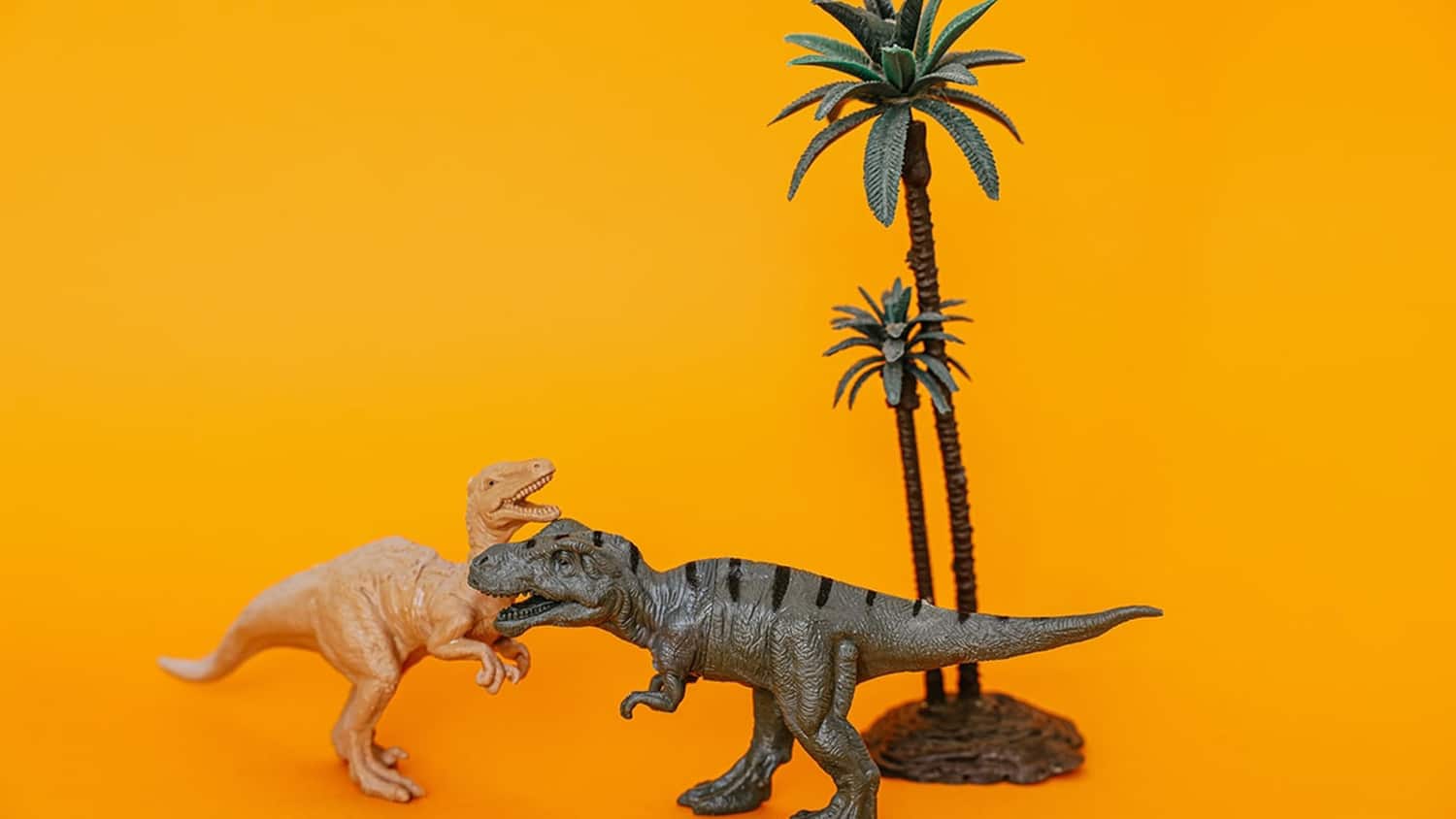Filtered Results
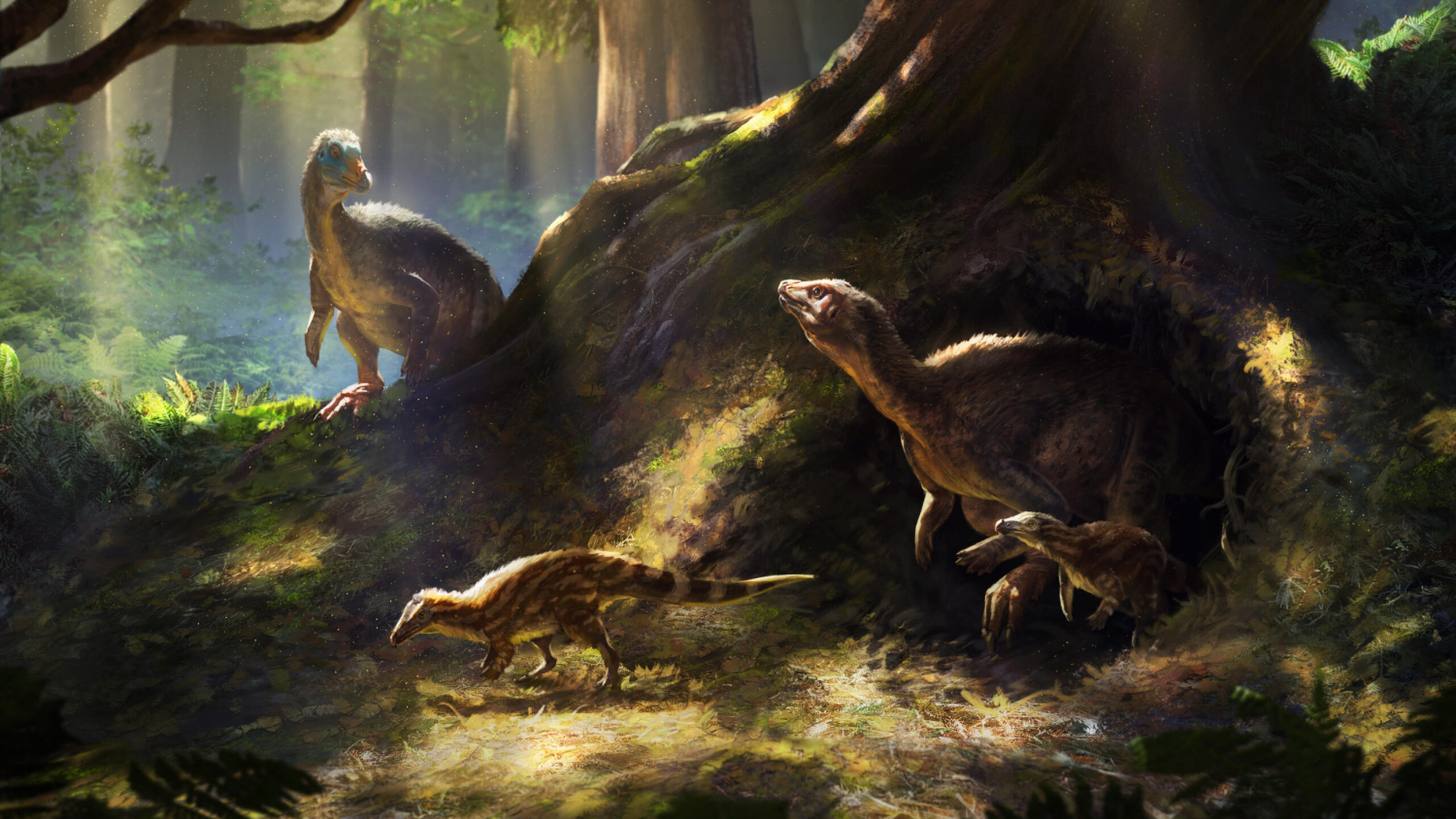
Dig This: ‘Neglected’ Dinosaur Had Super Senses
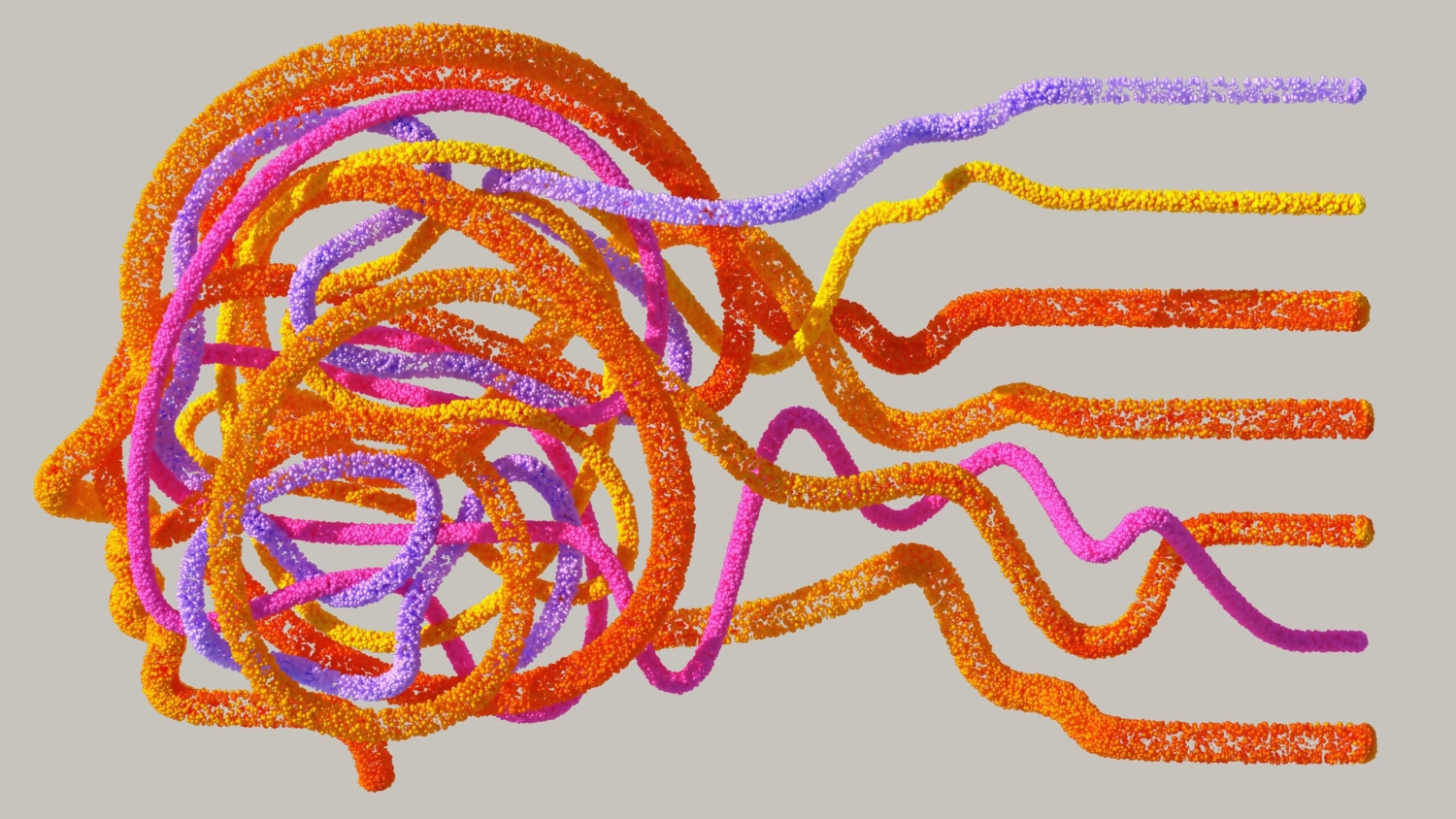
An ‘Introspective’ AI Finds Diversity Improves Performance
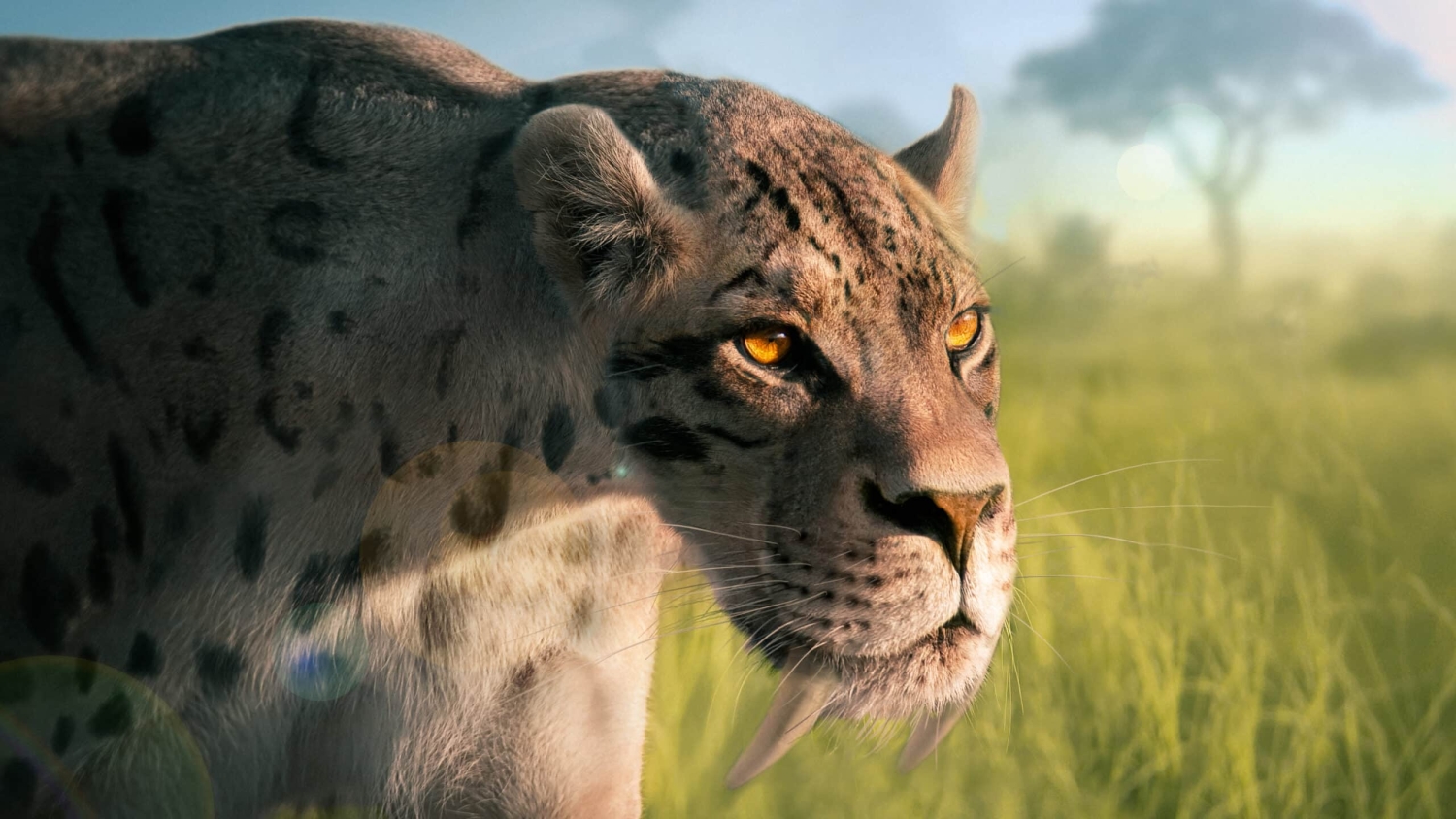
Did Sabertooth Tigers Purr or Roar?
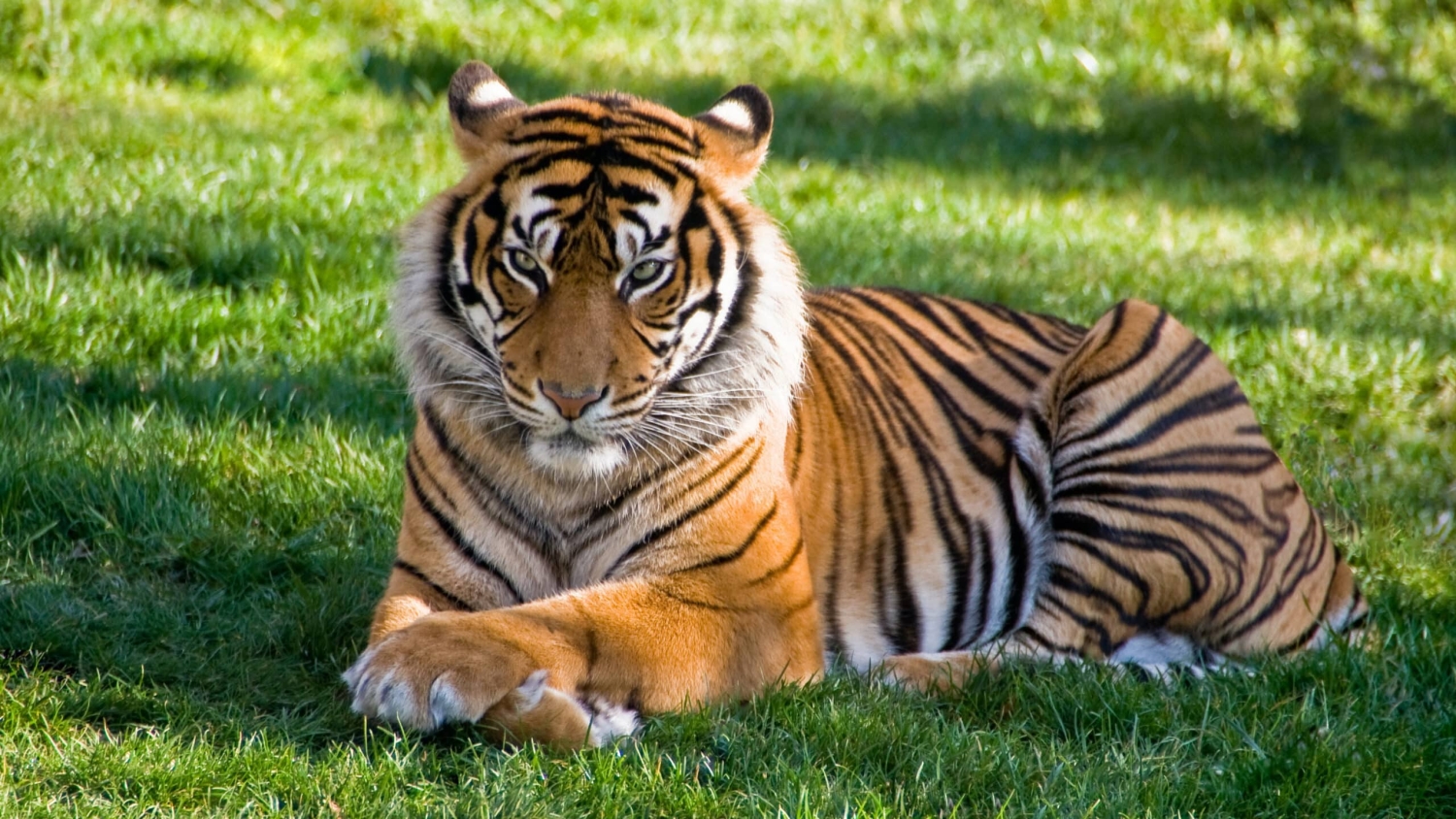
Why You Shouldn’t Declaw Tigers or Other Big Cats

Creating a Clearer Picture of Interplay Between a Molecule’s Electrons and Nuclei

Where Do New Galaxies Come From?
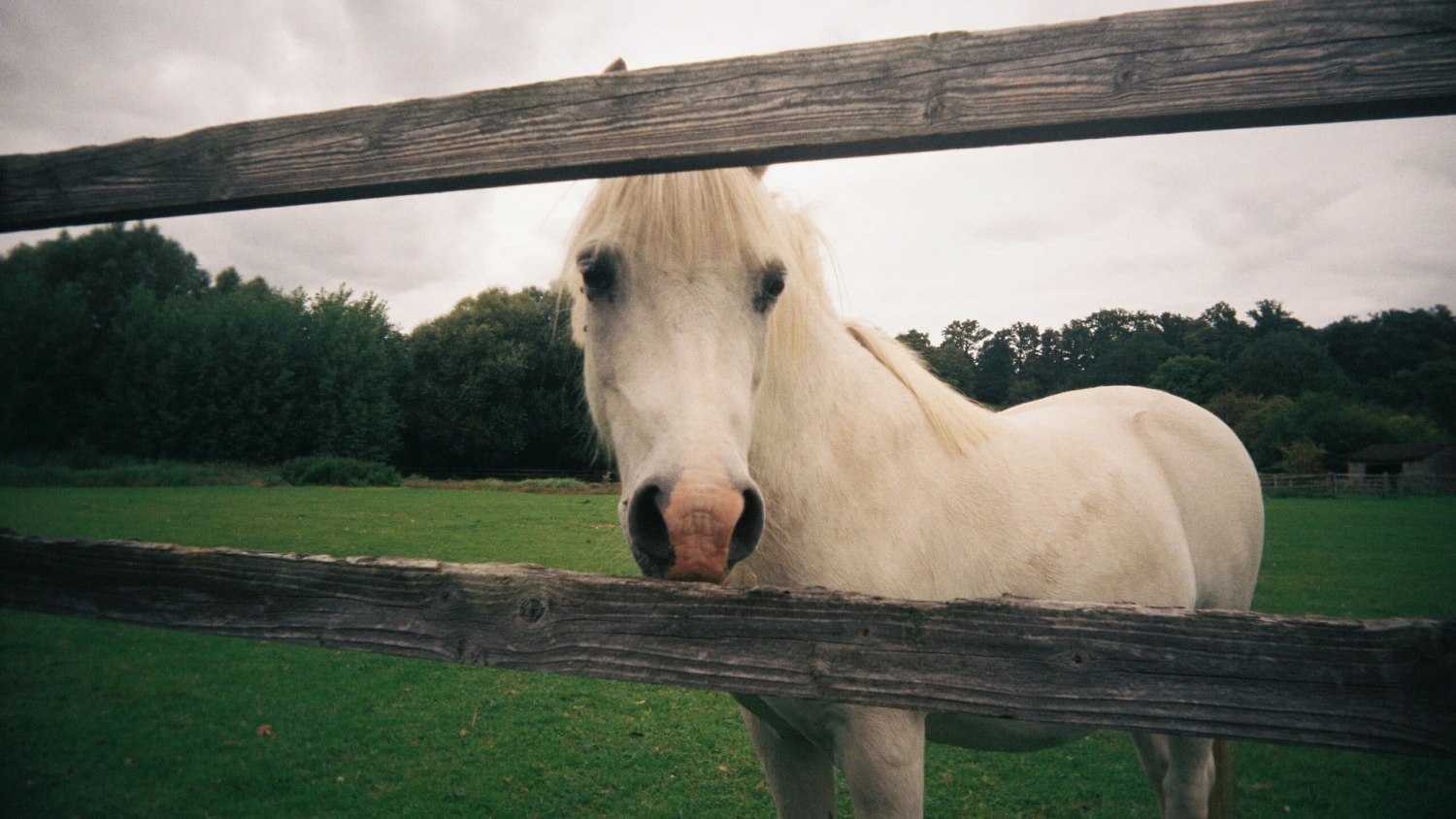
PFAS Found in Blood of Dogs, Horses Living Near Fayetteville, N.C.
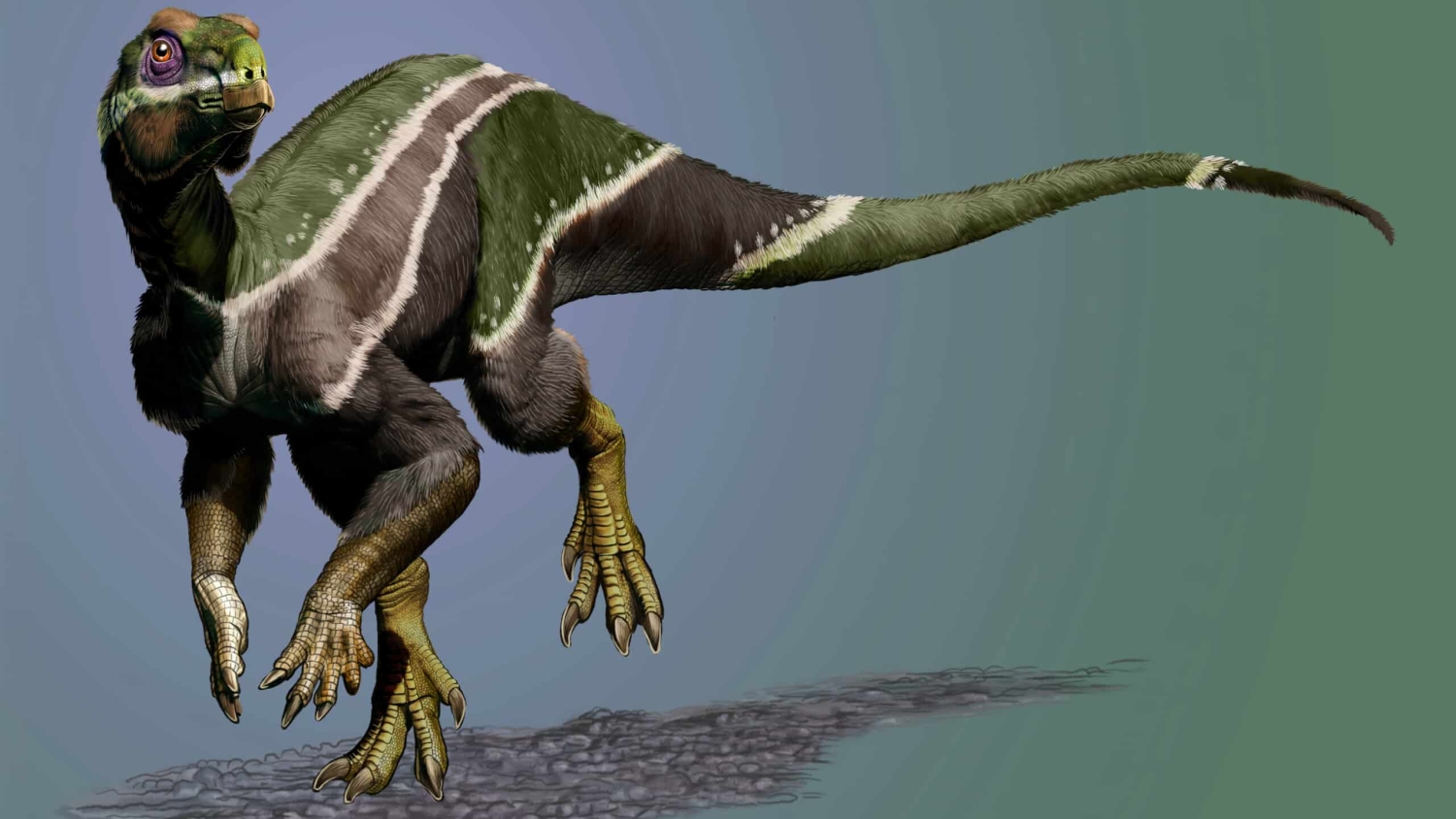
New Dino, ‘Iani,’ Was Face of a Changing Planet
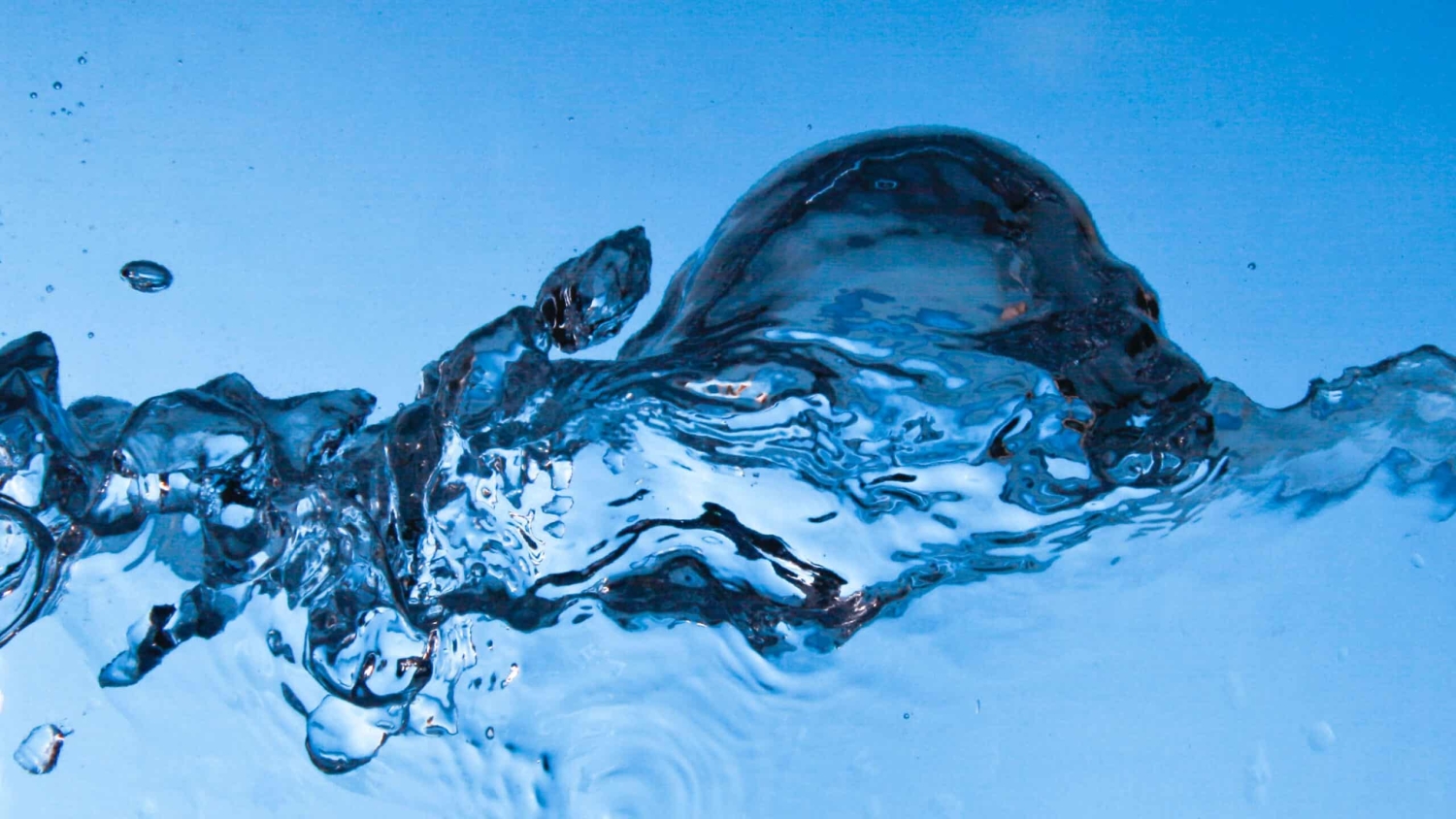
Studying Fundamentals of Water as a Solvent Could Lead to Greener Cellulose-Based Products
